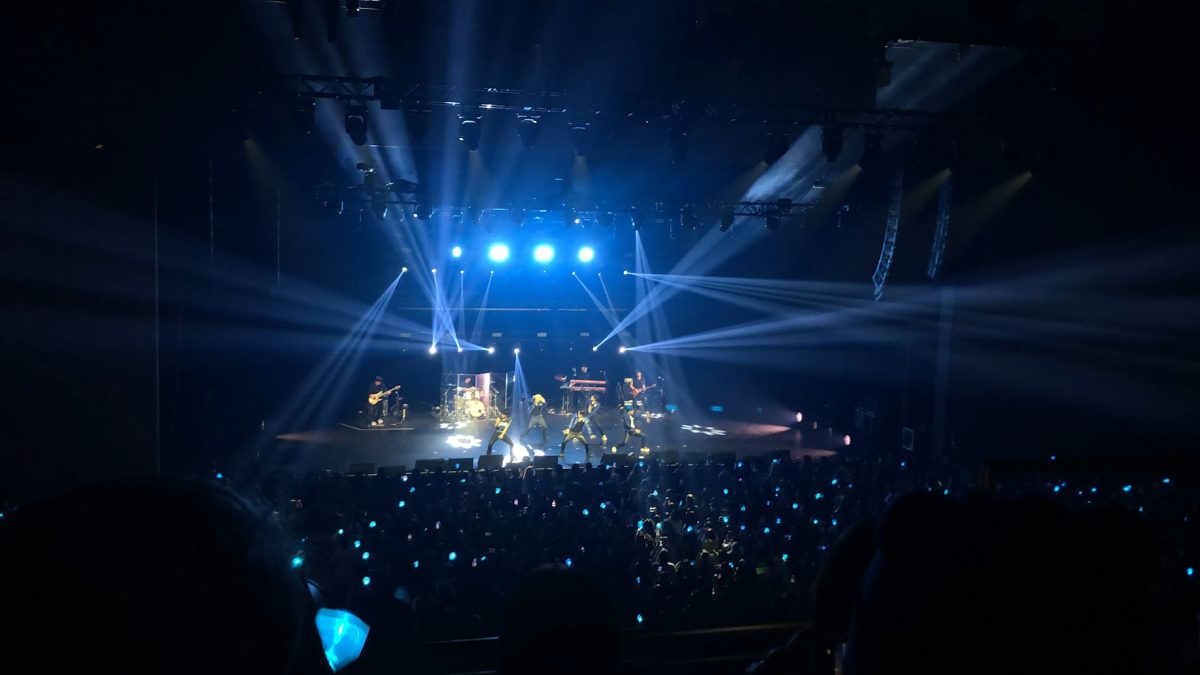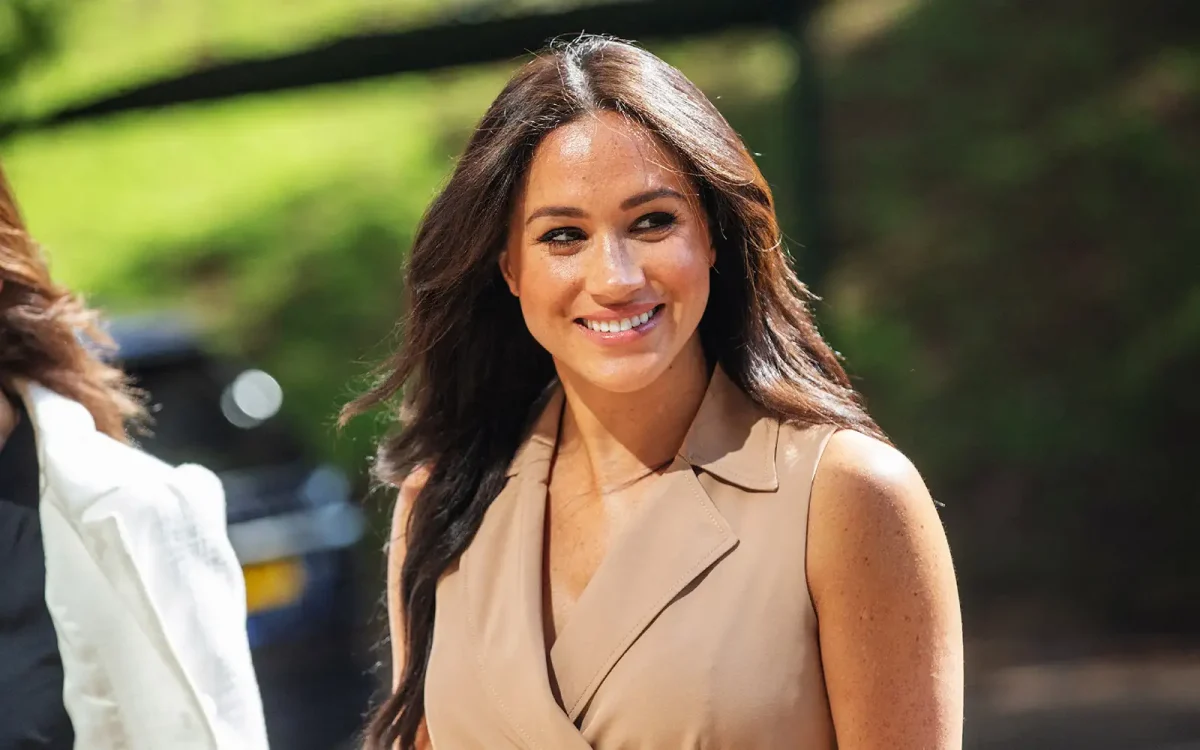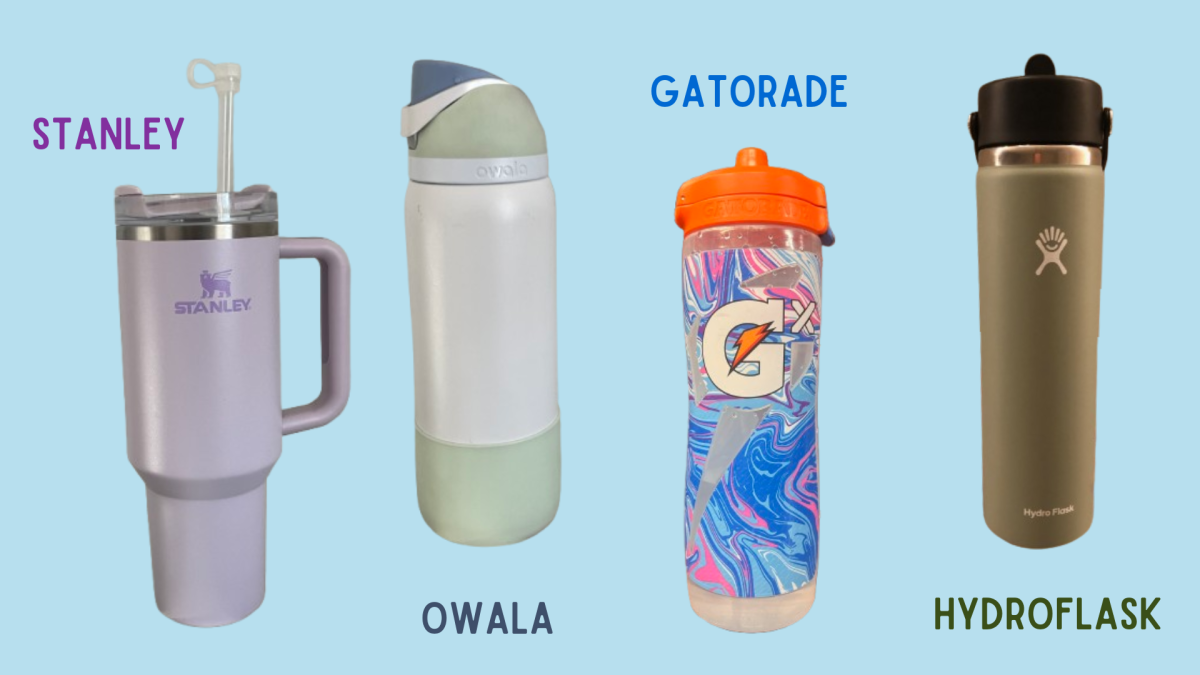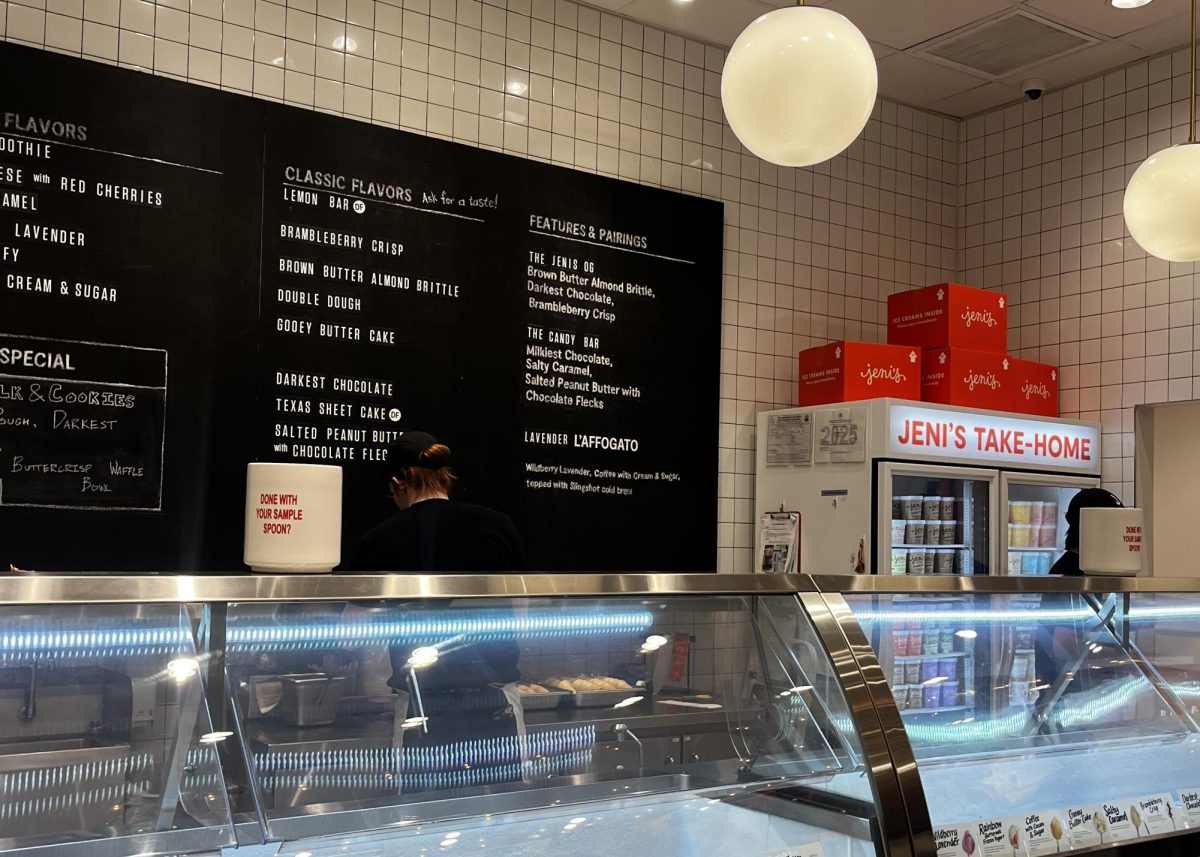By Nora Hashem and Ethan Cherry
This is going to be our year”, said physics teacher Tom Pratuch. Pratuch has been sponsoring TARC rocket teams since roughly 2006, when a group of students in his AP Chemistry class approached him asking for his sponsorship. Since then Pratuch has offered the option to participate in TARC to his advanced classes. This year there are four teams from Mr. Pratuch’s classes and an additional team formed outside of class.
TARC, or The Team America Rocketry Challenge began in 2002 as a one-time celebration of the Centennial of Flight. The popularity of this original event led to the Aerospace Industries Association and the National Association of Rocketry to sponsor it as an annual competition.
An average of 7,000 students compete each year. Their goal is to build a model rocket that reaches a specific altitude and duration. Values that change each year. The primary incentive for kids is the $60,000 in cash and scholarships split between the top 10 finishers. NASA also invites top teams to their Student Launch Initiative, an advance rocketry program. Besides this the competition offers students an opportunity to study math and science.
“At the beginning it was pretty much a dice roll” said Pratuch. That was in 2006 when he worked closely with the lone team at McLean. That team was able to have multiple qualifying launches, something some of Pratuch’s later teams would have issues with.
Before Mr. Pratuch was at McLean, only one of his students wanted to do the competition. Now he offers it as an alternative to the science fair for his Physics classes. To make sure the kids who participate are efficient he only allows one team per class. This is a result of the past woes of former teams getting qualifying launches in.
Rocket teams must spend their own money on Rocket kits and equipment. This year the goal for the teams at McLean is to create a rocket that is able to carry an egg 800 meters within 46 and 48 seconds. This is what presents the mathematical challenge for the participants.
“We built in a month over several 30 minute sessions” said Yonsei Kim. All but one of the McLean teams used kits to build their rockets. Kim’s team, the McLean Hot Shots used a Rising Star by Dynastar. This is much more cost and time efficient for teams, allowing them to focus on the math.
“I think that our team is doing a great job progressing; we already launched once in November. The earlier we start the further ahead we are going to get in the long run. This gives us a chance to think about changes we have to make to the rocket in order for us to have a more successful launch in the future.” said Christopher Lo. Sharing the optimism expressed by Pratuch in his teams hard work.
“Personally, I chose TARC over science fair because it rocketry revolves around engineering, a field i am aiming for in college. Its also a great way to practice communication and problem solving skills.” said Lo. This is one of the primary reasons Pratuch offers the option for do TARC. It is an opportunity to explore the world of Rocketry, that Pratuch enjoyed as a teen.
“I’ve been playing with model rockets since I was a teenager myself. Not continuously, but number of years as a teenager, later on when my nieces and nephews were all teenagers, and now that I’m sponsoring TARC. And with 4 teams that already have their rockets and launches I’m hoping this is the year. It could be a pipe dream, but I’m hoping its a real one” concludes Pratuch. McLean’s got their eyes towards the skies this year.








